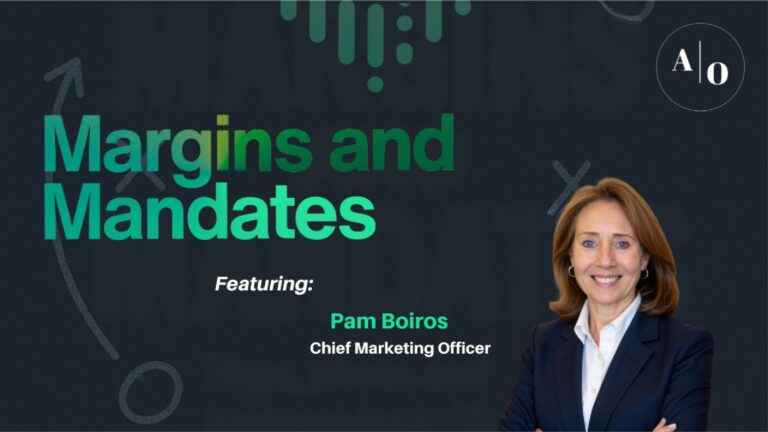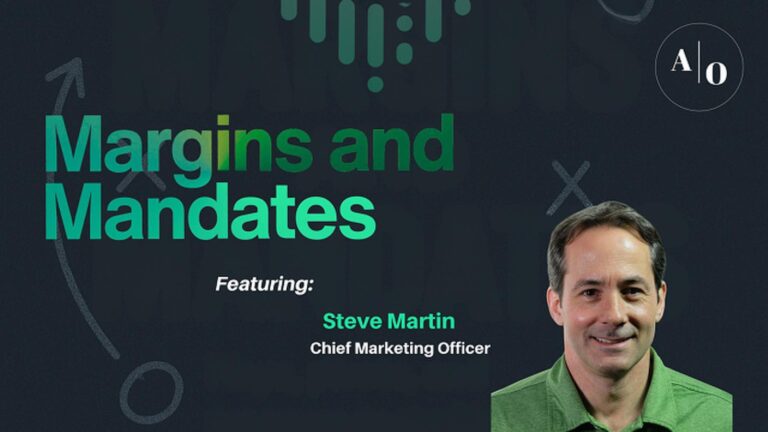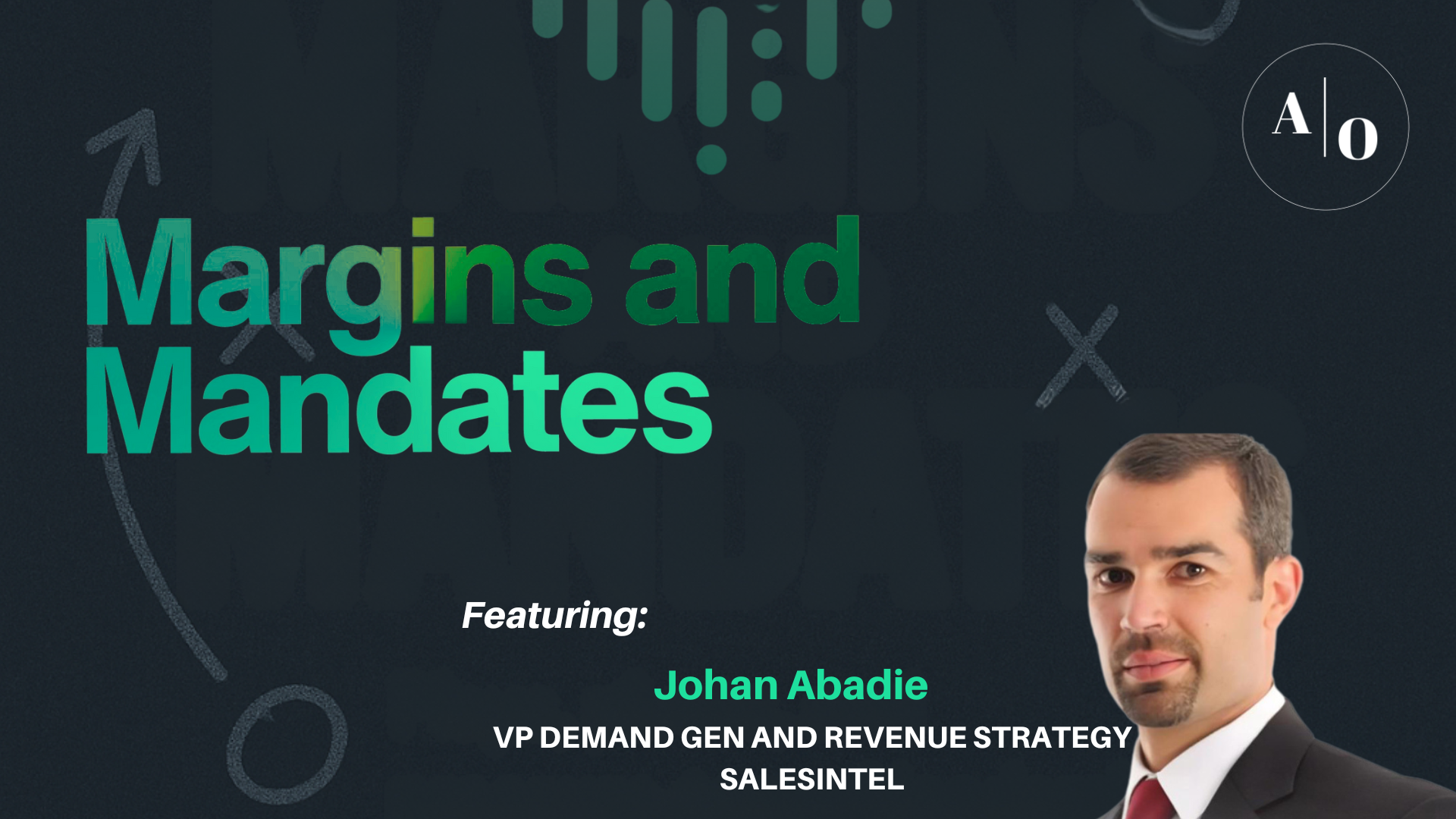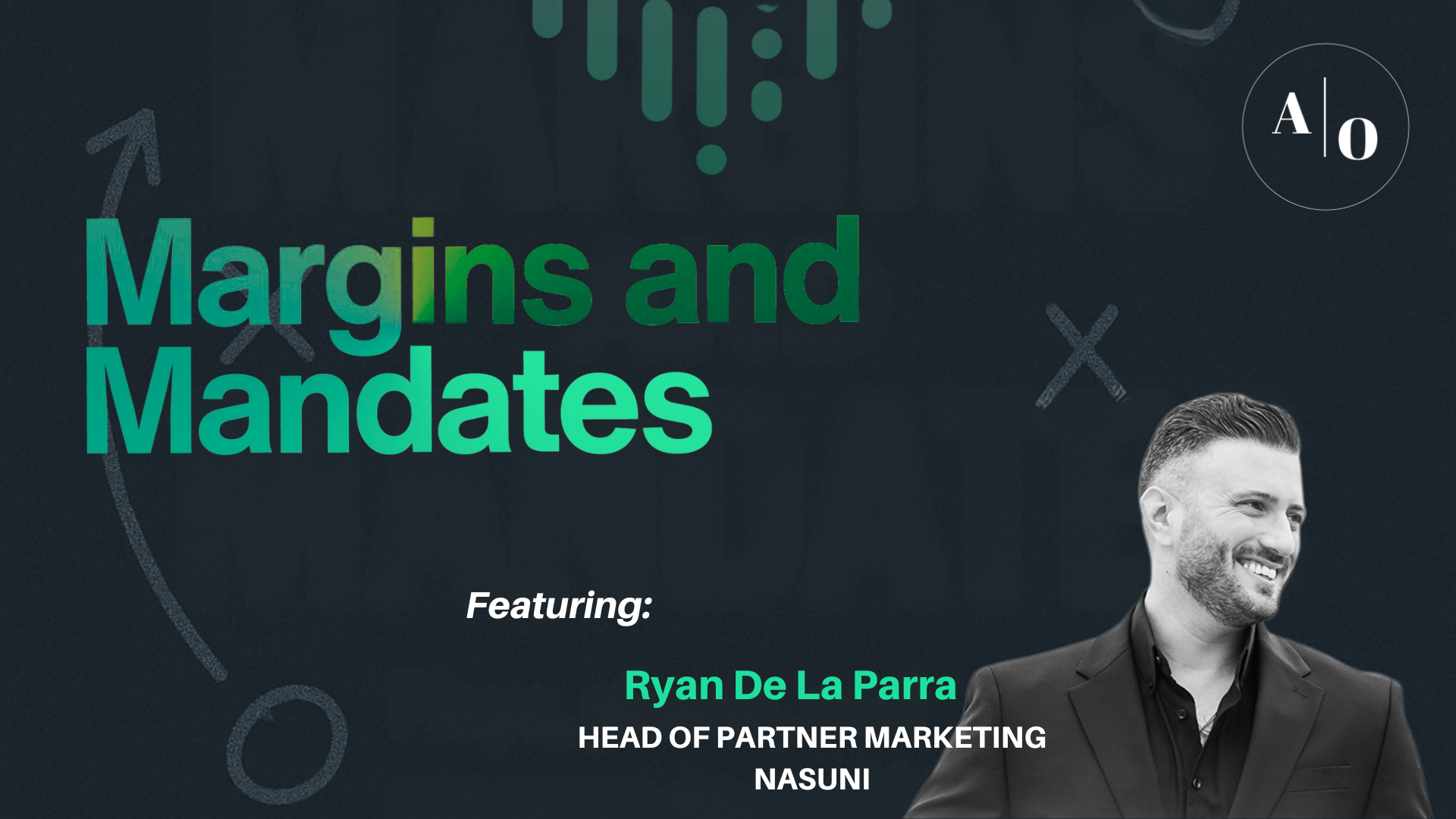The SaaS world is saturated with vendors constantly refining their messaging and communicating to the market through every possible channel to generate demand. They differentiate with thought-leadership content strategies and optimize SEO and ad spend to maximize return on their marketing investment.
Personalization is currently the buzzword that marketers are prioritizing to elevate customer engagement and lead conversions. Before launching personalized marketing campaigns, it is essential to segment your customers and prospective market. This post will explore various segmentation options and corresponding personalization strategies.
According to Marketing Charts, only 5% of B2B marketers are using personalization extensively, but 65% have it as a top priority.

Why Segment B2B Customers?
There are advantages to market segmentation beyond enabling personalized marketing campaigns. Segmentation of customers started as a method for organizing and optimizing the customer success function. We should treat segmentation as a core strategy for the company and be open to multiple segmentation approaches for different purposes.
Key benefits of customization:
- Product refinement: By pinpointing the common pain points and aspirations within each segment, you can tailor your product features, functionalities, and pricing models to address their specific priorities better. Imagine customizing your HR software for startups prioritizing agility versus established corporations focused on compliance.
- Resource allocation efficiency: Segmenting helps you strategically allocate marketing and sales resources towards segments with the highest conversion potential. Targeting conferences frequented by senior executives in specific industries rather than generic business expos allows for a more focused and impactful outreach.
- Personalized customer journeys: Each segment deserves a bespoke experience. Cater to their preferences by implementing tailored onboarding programs, support resources, and communication strategies. For instance, providing dedicated account managers for high-value enterprise clients cultivates closer relationships and fosters increased engagement.
- Targeted account-based marketing (ABM): Segmentation fuels effective ABM efforts. Identify key accounts within high-potential segments and craft personalized campaigns that directly address their unique challenges and business goals. Imagine crafting a white paper on optimizing supply chain logistics for manufacturing giants or a case study showcasing successful marketing automation implementation for software development firms.
McKinsey & Company estimates that personalized marketing campaigns tailored to customer segments can boost engagement and revenue by up to 20%.1
Engaging Customers through Segmentation:
Once you’ve segmented your B2B audience, personalize your engagement strategies:
- Targeted messaging: Craft unique marketing messages for each segment. Offer free trials of advanced features to high-growth tech companies, while emphasizing data security and compliance for financial institutions.
- Content differentiation: Develop relevant content that resonates with each segment’s interests. Create industry-specific white papers for healthcare providers, while offering insightful webinars on managing remote teams for professional services firms.
- Personalized recommendations: Leverage customer data to suggest relevant products or services tailored to each segment’s needs. Suggest a tailored marketing automation platform for e-commerce companies versus a simplified solution for new businesses.
- Sales approach tailoring: Train your sales representatives to adapt their approach based on segment characteristics. Highlight scalability and rapid deployment for fast-paced startups, while emphasizing stability and long-term ROI for established corporations.
B2B Segmentation Strategies and Personalization Examples:
Let’s delve into four key B2B segmentation strategies and explore how personalized engagement can boost their effectiveness:
Firmographic Segmentation:
Categorize based on company size, industry, revenue, location, and technology use.
- Pricing structure variations: Offer a pay-per-user model for smaller startups, while implementing tiered subscription plans for large enterprises.
- Industry-specific content creation: Develop case studies showcasing successful implementations within specific industries, like a logistics management solution for e-commerce giants or a data analytics platform for financial institutions.
- Example: Salesforce categorizes customers based on company size, industry, and annual revenue. They offer a cost-effective CRM solution for startups, while providing industry-specific features and dedicated account managers for large enterprises in healthcare and finance.
Decision-Maker Segmentation:
Group based on titles, roles, and seniority within an organization.
- Targeted content marketing: Create content addressing specific challenges for decision-makers, such as budget optimization for CFOs or lead generation for marketing directors in blog posts or email newsletters.
- Personalized onboarding: Tailor onboarding experiences to meet the needs and responsibilities of various roles within an organization. Provide comprehensive training for technical users, and offer simplified tutorials for executive oversight.
- Example: Adobe groups customers based on job titles and roles within an organization. Produce targeted blog posts for marketing directors about campaign optimization strategies, while offering in-depth guides on creative asset management for designers.
Usage-Based Segmentation:
Categorize based on customer interactions with your product or service.
- Feature recommendations: Identify power users and introduce them to beta testing new features or exclusive training programs. This fosters a sense of exclusivity and encourages deeper engagement.
- Targeted support resources: Develop FAQs and troubleshooting guides catering to specific user segments based on their common inquiries and challenges.
- Example: Zoom categorizes users based on meeting frequency and feature adoption. They offer personalized recommendations for power users to explore advanced meeting analytics tools while providing simplified onboarding tutorials for infrequent users.
Value-Based Segmentation:
Group based on customer lifetime value (CLTV) and profitability.
- Exclusive events and offers: Reward your most valuable customers with invitations to exclusive industry events, personalized consultations with senior executives, or early access to new product launches.
- Account-based marketing prioritization: Focus your ABM efforts on high-value clients, investing in tailored campaigns and dedicated account managers to solidify long-term partnerships.
- Example: HubSpot groups customers based on customer lifetime value (CLTV). They reward their most valuable clients with exclusive access to beta features, invitations to industry events, and dedicated product support from senior executives.
The Takeaway:
B2B customer segmentation is not a one-time fix; it’s a continuous process. Regularly analyze your segmentation strategies, assess their effectiveness, and adapt them as your customer base evolves. Understanding your diverse audience and delivering personalized experiences will foster deeper engagement, drive customer loyalty, and ultimately fuel your B2B business growth.

